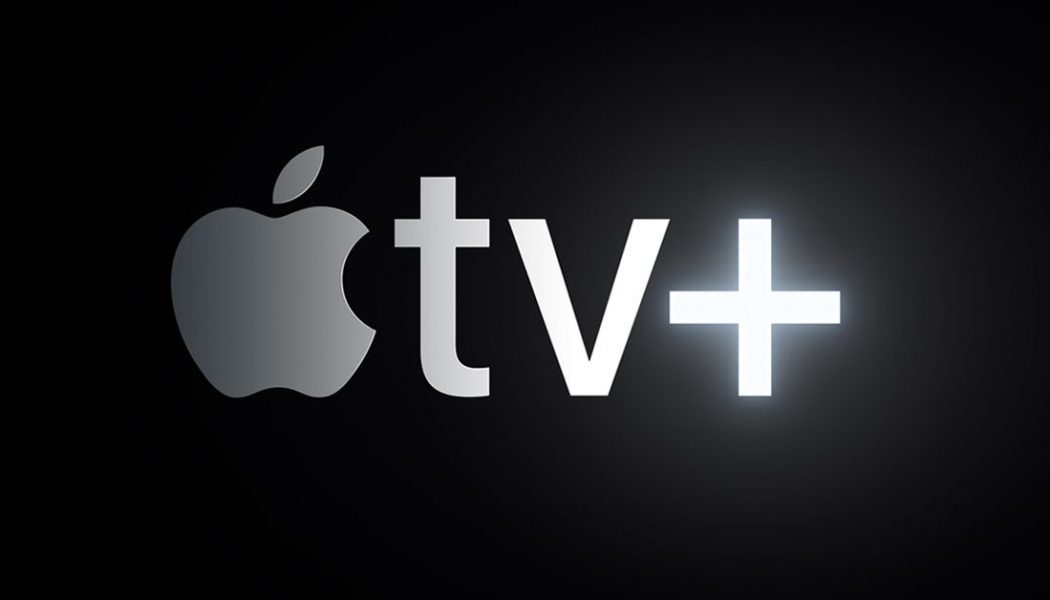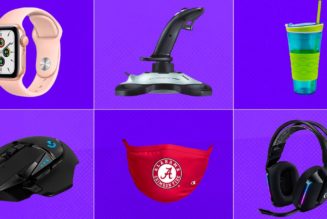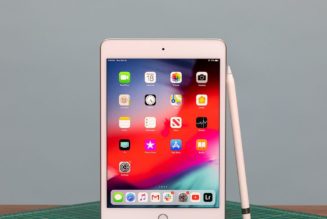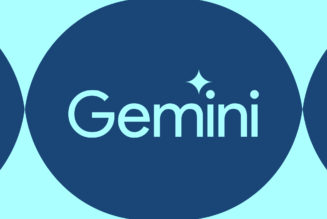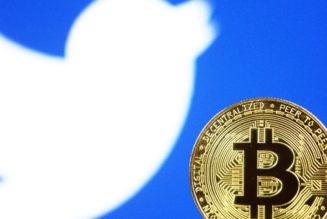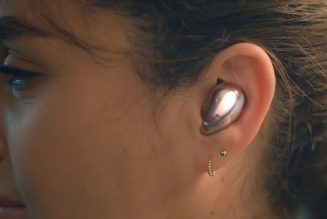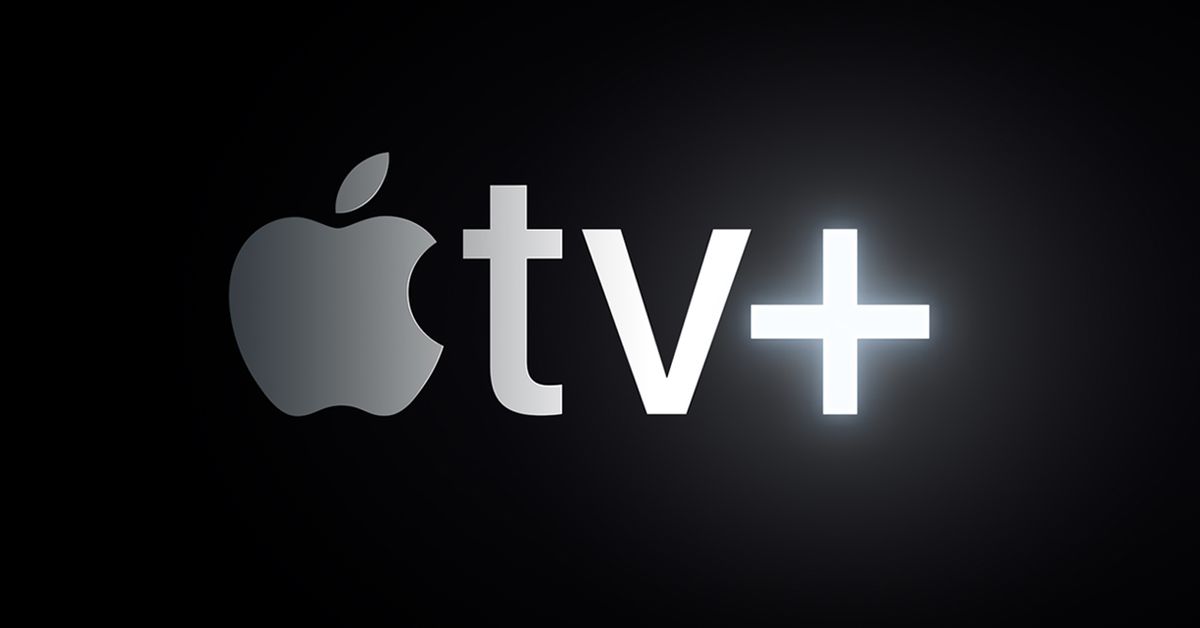
Apple’s new Apple One bundle, which gives customers an assortment of Apple-owned services for a monthly fee, is likely to help out subscriptions for all of its offerings, but few need it as much as TV Plus.
Apple has been relatively quiet about anything related to TV Plus’ metrics in the almost year it’s been out. There are no subscriber numbers, no big displays of bragging about The Morning Show or Ted Lasso’s viewership figures. (In fairness to Apple, the company hasn’t given an update on Apple Music subscribers since June 2019, and while CEO Tim Cook did share this year that Apple News has 125 million subscribers, he chose not to disclose how many people signed up for $10 subscription version.) All that exists is reports from third-party analytics firms and articles from Bloomberg — one which suggested earlier this year that Apple TV Plus had 10 million subscribers, with only 5 million active users. The bigger issue, which leads to the most important question, is not knowing how many of these are paid subscribers.
Enter Apple One, a new bundle offering from Apple that will give customers a number of subscription services all for one price. The prices range from $14.95 a month to $29.95 a month and include apps like Apple Music, Apple Arcade, Apple News Plus, Apple Fitness Plus, a variety of iCloud storage options, and Apple TV Plus.
Bundles take away from some of that pressure, and in the case of TV Plus, it only takes one glance at Amazon to see why. Amazon has a ton of different services that it groups under the Prime subscription banner. Since Amazon Prime has more than 150 million subscribers, and the company doesn’t break out how many individual customers actively use the other services under the banner (like Prime Video or Music), Amazon Prime Video gets labeled as potentially having 150 million subscribers worldwide — even if that’s not the case in reality. Third-party data firm Kantor figures that Prime Video has approximately 26 million customers in the United States, according to Observer; or about one-third of what Netflix is currently boasting.
“That is Amazon’s special sauce and prime differentiator from Netflix, which boasts no such luxury,” Forbes contributor Peter Csathy wrote. “Netflix itself must be profitable and self-sustaining. Amazon Prime Video does not.”
It’s an integral time for Apple to figure out what happens next with TV Plus. TV Plus is a big entertainment investment for the company — one that Apple dedicated $6 billion in content budget toward, upping it from the $1 billion planned. The streaming service launched in November already as part of a bundle; anyone who purchased a new iPhone, iPad, MacBook, Mac, or other Apple device automatically got a full year of Apple TV Plus for free. The renewal period for many of those one-year subscriptions is coming up. Apple doesn’t want to lose any subscribers TV Plus may have, and if TV Plus isn’t enough on its own to keep people locked into their subscription, Apple needs another method.
The company has already tested this theory. Right before TV Plus launched, Apple bundled its discounted student Apple Music plan with TV Plus for no extra cost. The bigger Apple One bundle is just this continued thesis: locking people inside an overall service ecosystem will likely drive more viewers and users to other apps, even if they didn’t primarily sign up for those or didn’t have any particular interest.
Amazon employed the same tactic when Video was struggling in its early days. CEO Jeff Bezos suggested making Video a part of Amazon Prime instead of a separate thing, according to Bill Carr, former vice president of digital music and video. Carr told Recode that they realized if it’s a free add-on, they could get away with much more than asking people to sign up for something directly.
“‘Yeah, Prime is $79 a year. Oh, by the way, there’s free movies and TV shows with it,’” Carr said. “And how much could consumers complain about the quality of movies and TV shows if it’s free?”
As Prime Video evolved, the goal remained the same: use the retail side to promote Prime Video, and while they watched things on Prime Video, Amazon keeps people on the site longer and feeds them more recommended things to purchase. Apple is doing the exact same thing now that it has an ecosystem of services it wants to offer. Customers might not want Apple TV Plus, but if they’re using Apple Arcade and Apple Music already, they might just sign up for the individual or family bundle plans in order to secure extra iCloud storage space. TV Plus just becomes something they get for free. Kind of.
Here’s the thing about Apple TV Plus: it was likely always going to succeed because it was always going to be tossed in with something. The shows are getting better, the library is building up, and Apple is fine-tuning its strategy. People are still buying new Apple products all the time and still getting a year of TV Plus thrown in. With Apple One, TV Plus becomes less of a why purchase and even more of a well, why not? service.
Now, Apple is trying to sweeten the deal by enticing those already in the ecosystem to stay there. If everything you use on a daily basis — Music, Arcade, News Plus, TV Plus, and soon, maybe even Fitness Plus — when it does come time to upgrade your hardware, there’s a very good chance you’ll just stick with Apple. And because canceling one service that’s part of a bundle seems laborious and illogical, you’ll probably just stick with TV Plus, too. This is how Apple and TV Plus win.
